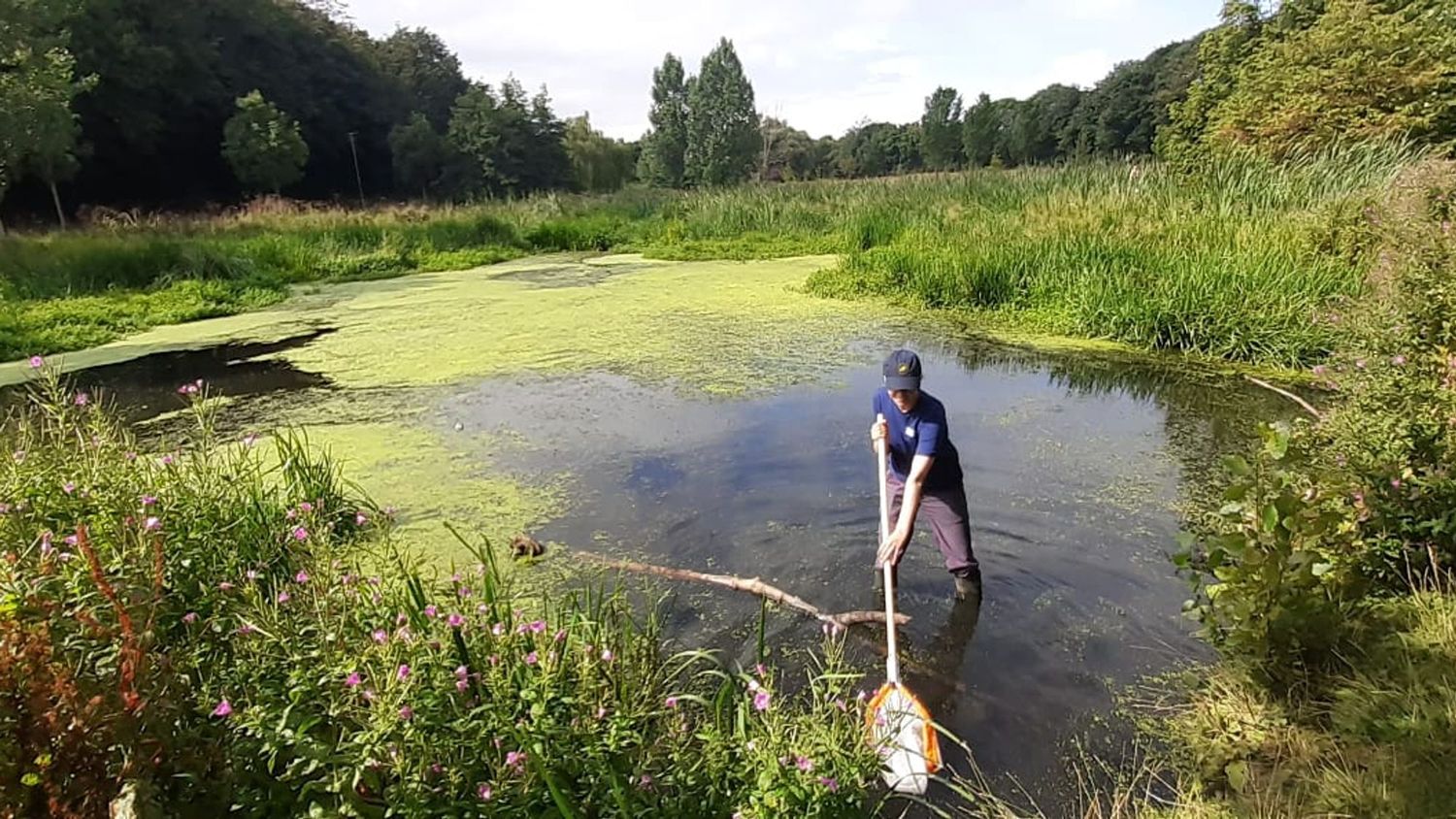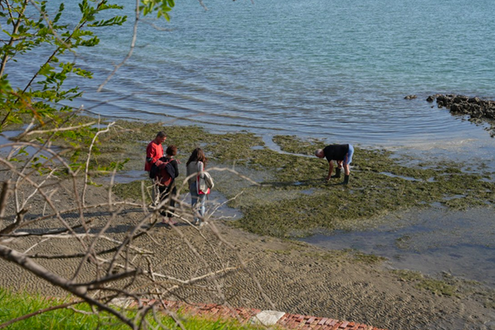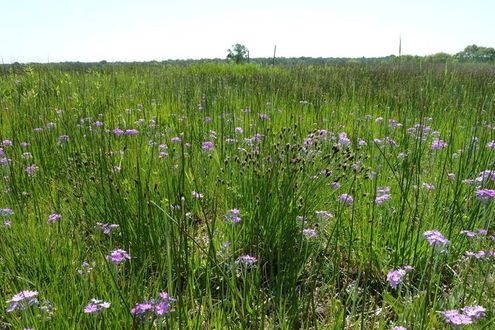Photograph by Rob Gandola: Serene scenes at Kilboggett pond.
An Taisce’s Legacy4LIFE Ponds for Biodiversity project aims to promote the establishment of a pond network across Ireland as a measure for climate action, biodiversity restoration and conservation.
Why Ponds? Ponds constitute easily established low-cost actions that can be applied at national and local levels to tackle both the biodiversity and climate emergencies. They act as a fundamental tool for carbon sequestration, as ponds have the potential to sequester 20-30 times the amount of carbon compared with woodlands, grasslands and other habitats (Taylor et al.,2019).
The establishment of pond networks across Ireland also incur ecological and landscape benefits, acting as wildlife refuges for biodiversity as well as measures for water provisioning, flood control, groundwater recharge, and pollution amelioration, therefore playing a key role as a nature-based solution in national climate adaptation. In fact, ponds have been demonstrated to host more biodiversity than rivers and lakes, particularly macroinvertebrates and less common species. In addition, they provide a host of community benefits, including opportunities for recreation, education, improved health and wellbeing, and community participation.
However, to date their importance has largely been overlooked in Ireland, despite having been demonstrated to host two thirds of all freshwater species, particularly macroinvertebrates. Ponds are in decline as we have dramatically changed the landscape due to intensified agriculture and increased urban sprawl, leaving very little habitat left for them to flourish.
Sadly, over 50% of Ireland’s amphibian wetlands have been lost to drainage, industrial peat extraction, pollution and natural senescence in the past 100 years. Of the 12,200 small enclosed water bodies across Ireland, 8,000 are less than a hectare in extent and the smallest categories have been subject to the greatest pressures. Yet, the smallest ponds provide valuable habitats for a range of species: insects such as damselflies, dragonflies, pond skaters and whirligig beetles, amphibians such as frogs and newts, and birds such as mallard, moorhen, snipe, willow warbler, sedge warbler and reed bunting as well as productive hunting grounds for Ireland’s 9 species of bat.
Thankfully pond creation can be a very efficient and manageable way for Local Authorities and communities to assist in climate change mitigation and adaptation. Small ponds typically involve low resource input and are not costly to make time-wise, therefore, giving everyone a way in which to take important climate action and action to halt biodiversity loss.
Ponds For Biodiversity Goals The Legacy4LIFE Pond team aims to assist in reversing this decline by encouraging development of healthy pond systems across the country. This will be achieved by assessing the current status of ponds in Ireland, collaborating with key stakeholders including Local Authorities, schools, local communities etc. to facilitate the development of these ponds and by providing education and guidance around pond creation and the benefits of ponds via the delivery of education materials (including two illustrated pamphlets on pond wildlife and how to create your own pond, a detailed technical Pond Book in partnership with the Freshwater Habitats Trust, UK, and a Local Authorities Ponds Plans and Actions Report) as well as education workshops for both relevant stakeholders and the wider public.
Already, our highly skilled and knowledgeable Pond Development Officers Rob Gandola and Aoife O Rourke, and Researcher Francesca Loughran have hosted a number of workshops during National Biodiversity Week, National Heritage Week and at Wildacres Nature Reserve, Co. Wicklow. The incorporation of pond development in a number of County and Town Development Plans as well as National plans for the environment is also a key objective of this project.
In order to ascertain the status of current and past pond initiatives and private pond projects, the pond team have designed a survey ‘Investigating the Past, Present and Future of Ponds in the Irish Landscape’. The survey only takes 10 minutes to complete: https://www.surveymonkey.com/r/pondsforbiodiversity
Please consider completing the survey if you are or have ever been involved in a pond initiative, or if you have created or restored your own private pond. By participating you are helping to provide us with a baseline on pond creation, restoration and management in Ireland, which will inform pond conservation for years to come.
To learn more about the Legacy4LIFE Ponds for Biodiversity Project, please visit the Legacy4LIFE webpage on the An Taisce website: https://www.antaisce.org/legacy4life.
References:
Taylor et al. (2019). High carbon burial rates by small ponds in the landscape. Front. Ecol. Environ. doi:10.1002/fee.1988.


